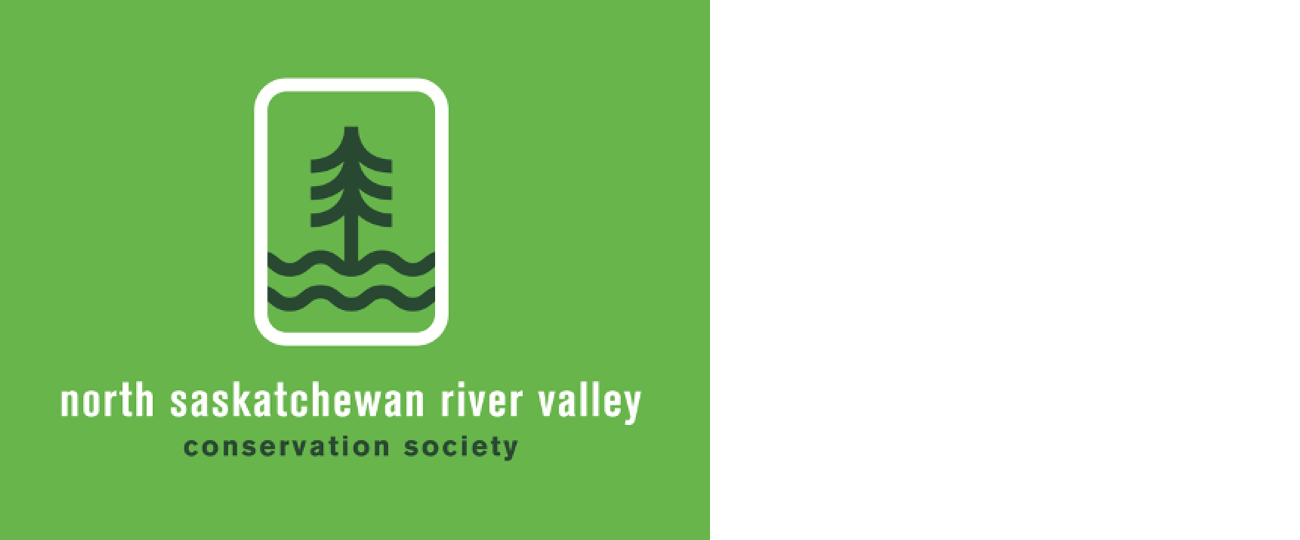Ice bikes, cross-country skiing and tobogganing
The City of Edmonton Outdoor Adventure Program, in partnership with WinterCity, has purchased eight ice bikes. The bikes will be at ice skating surfaces in River Valley parks starting at Sir Wilfrid Laurier Park. Check ice conditions and locations at https://www.edmonton.ca/activities_parks_recreation/outdoor-ice-rinks
Ice bikes are bikes on frames, with the front wheel removed and runners along the bottom, so that people can ride on the ice. They are stable and offer an accessible activity to those who cannot skate. The ice bikes will offer a new ice experience for everyone, including individuals who cannot or are hesitant to skate and those who have a physical disability. Group rentals for the ice bikes will also be available for a fee.
When the snow flies, skiers can enjoy the extensive cross-country ski opportunities in Edmonton’s river valley, including four kilometers of new cross-country ski trails at Northeast River Valley Park. Trails are regularly groomed and accommodate diverse levels of skiers. Skiers can check trail options and conditions at
https://www.edmonton.ca/activities_parks_recreation/cross-country-skiing
For kids and families, there are a City-managed toboggan hills in the River Valley. For the hill closest to you, current hill conditions and safety tips, visit https://www.edmonton.ca/activities_parks_recreation/toboggan-hills
Little Mountain Cemetery once part of a hilltop natural area
The big news on November 2, 1999 was City council’s decision to not preserve Little Mountain, an 18-hectare natural area in northeast Edmonton. In the spring, council had decided to spend $1 million to swap city land for the wilderness but changed its mind when the cost increased to $3 million.
Ontarian emigrant William Mitchell homesteaded this area, then known as Belmont. In 1895, Mitchell donated five acres to the local Presbytery for use as a cemetery. Sitting atop a hill, the small plot commanded a view of rolling Albertan plains. Mitchell formed the Little Mountain Cemetery Company to supervise construction and maintenance of the grounds. Locals could buy shares in the business, and the company held meetings at the nearby Poplar Lake Schoolhouse.
When Mitchell passed on June 27, 1906, his cemetery already had a handful of graves. His obituary noted the service was “conducted by Revs. Douglas and McPhail and was attended by a large number of acquaintances, several from the city being present. The deceased was superintendent and manager of the Presbyterian Sunday School at Belmont and a man of high standing in his community.”
Mitchell was laid to rest at Little Mountain and is buried at Block 10, Row 2. By 1985, the graveyard did not have a dollar to its name. The City of Edmonton annexed the region and assumed control of Little Mountain on August 23rd of that year. https://www.forgottenedmonton.com/blog/little-mountain-cemetery
Most earthworms in Canada are non-native
Erin Cameron photo
There are no native earthworms in most of Canada and the northern United States because they were wiped out during the last ice age, 11,000 years ago. European earthworms were likely introduced to North America when settlers brought plants and soil from Europe which contained earthworms or their cocoons (egg cases).
They may also have been introduced by ships that used soil as ballast, which was dumped on shore to adjust the weight of the ship. Due to these activities, earthworms have been found around human settlements in North America since the late 1800s.
Some areas of North America that were not glaciated have native earthworms In Alberta, one native species has been found in the Porcupine Hills, an area that was not covered by glaciers. This species does not appear to have spread from that location. There are at least 14 species of non-native earthworms in Alberta.
Most people think earthworms are good for soil but that is not true in all cases. Research shows that small mammals, birds, salamanders, invertebrates, and plants can be harmed by earthworm invasions in forests.
What is the city here for – climate change action
Edmonton is part of social, economic and environmental global systems that support our quality of life, systems that are being disrupted by climate change. The actions we take in our community have local and global impacts and prepare our city for a vibrant, resilient, low-carbon future.
More than 70% of Edmontonians are concerned about climate change, think we need to act now, and agree climate change is caused mostly by human activities. We have an opportunity to act locally to make us more resistant to the global impacts of climate change and protect our quality of life, health and economy.
Edmonton’s Change for Climate plan is a call to all Edmontonians to act and work together to reduce our city’s greenhouse gas emissions by 35% below 2005 levels, by 2035. Learn more at https://www.youtube.com/watch?v=P6AhXYLBnUI&t=53s
Peace by Adrian Stimson, Northern Lights Cemetery
https://www.edmontonarts.ca/public-art/peace
Comment or contribution
Please note that articles may not reflect the position of NSRVCS. River Valley News is meant to be a clearinghouse for the wide variety of opinions and ideas about Edmonton’s River Valley. Email river valley photos, event information, comments, or questions to nsrivervalley@gmail.com
















